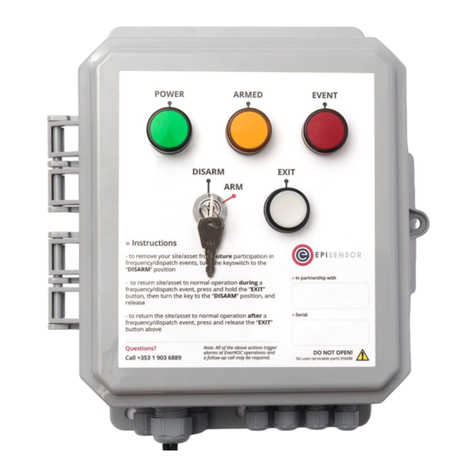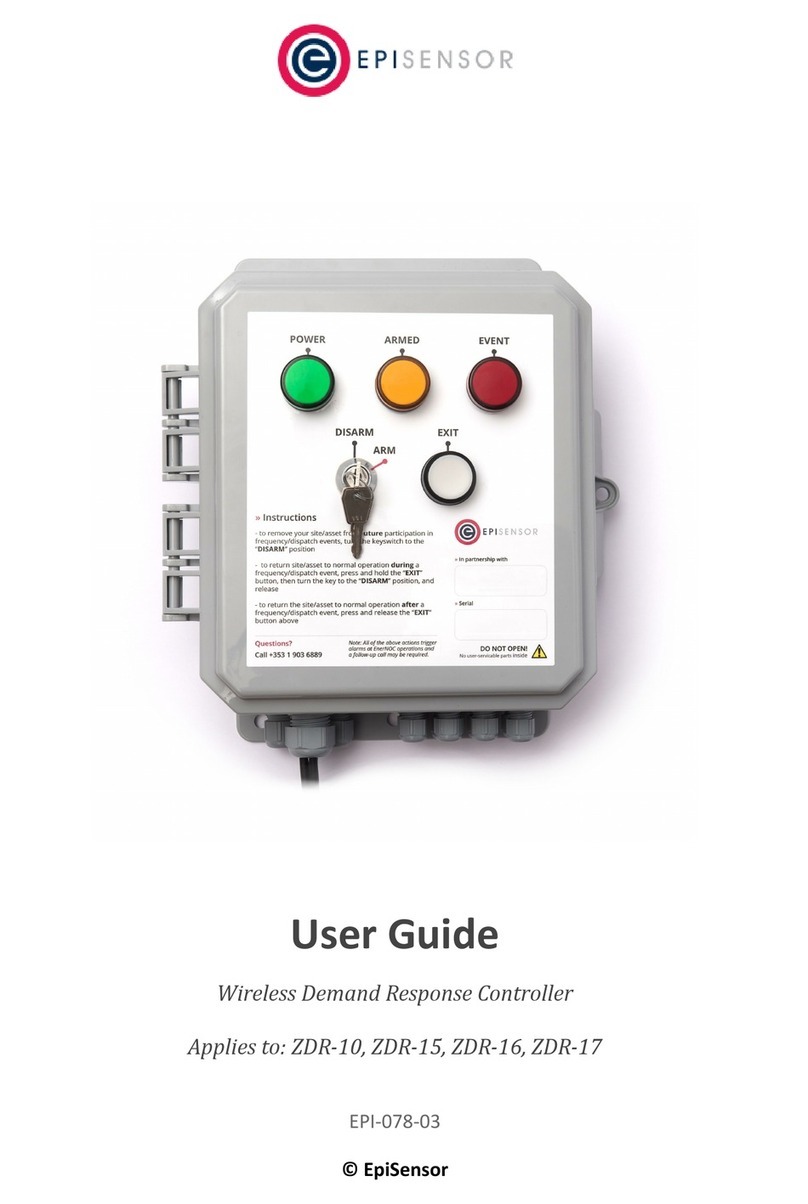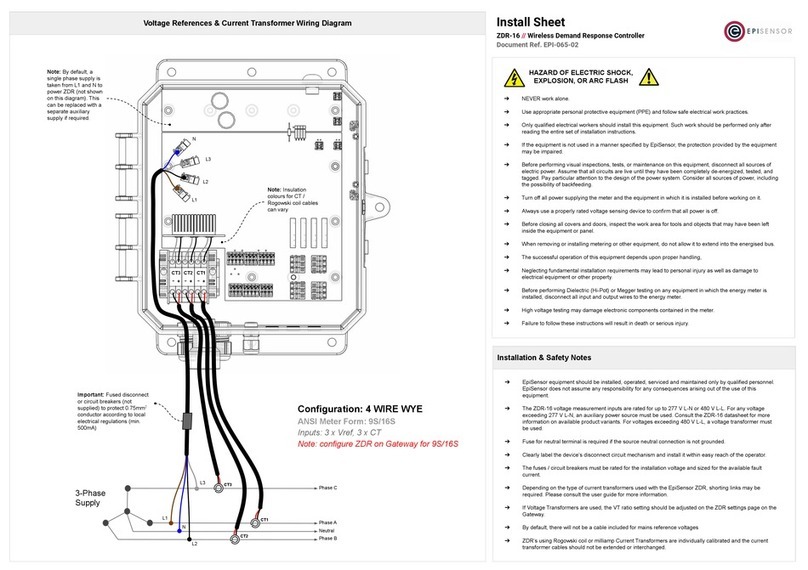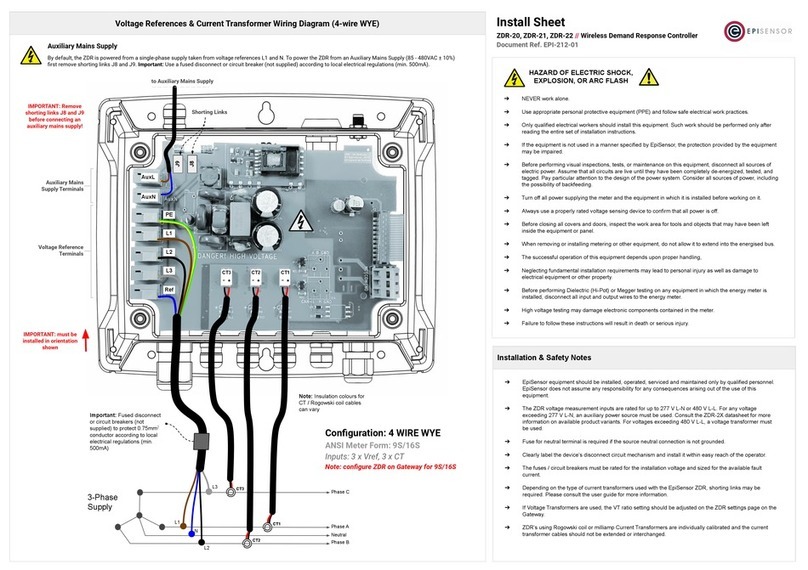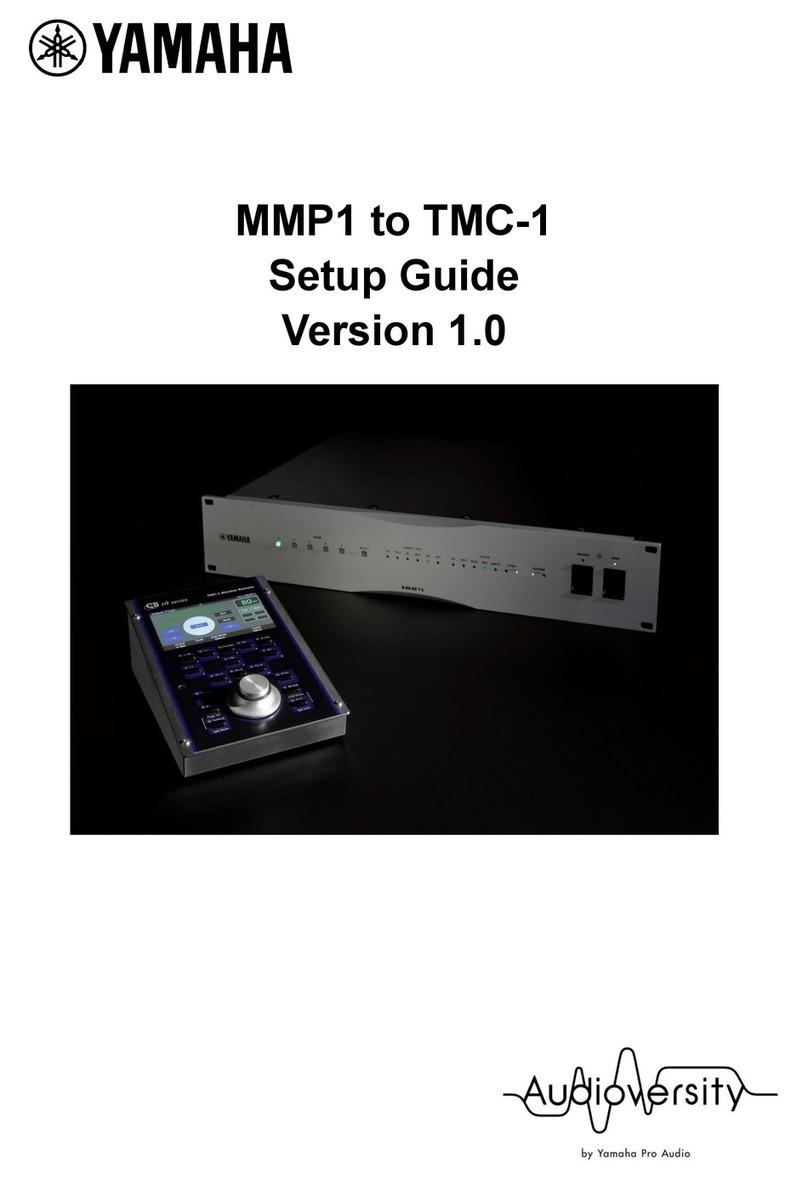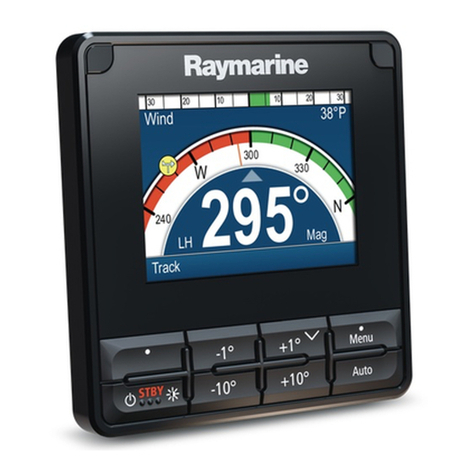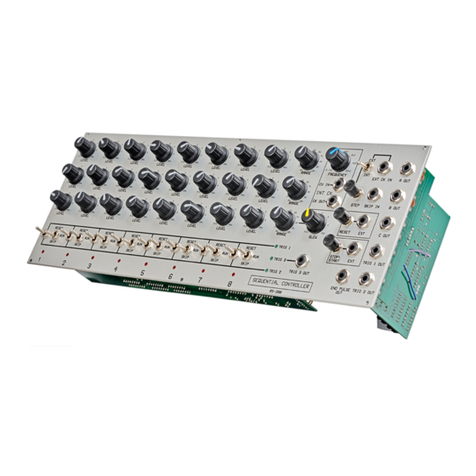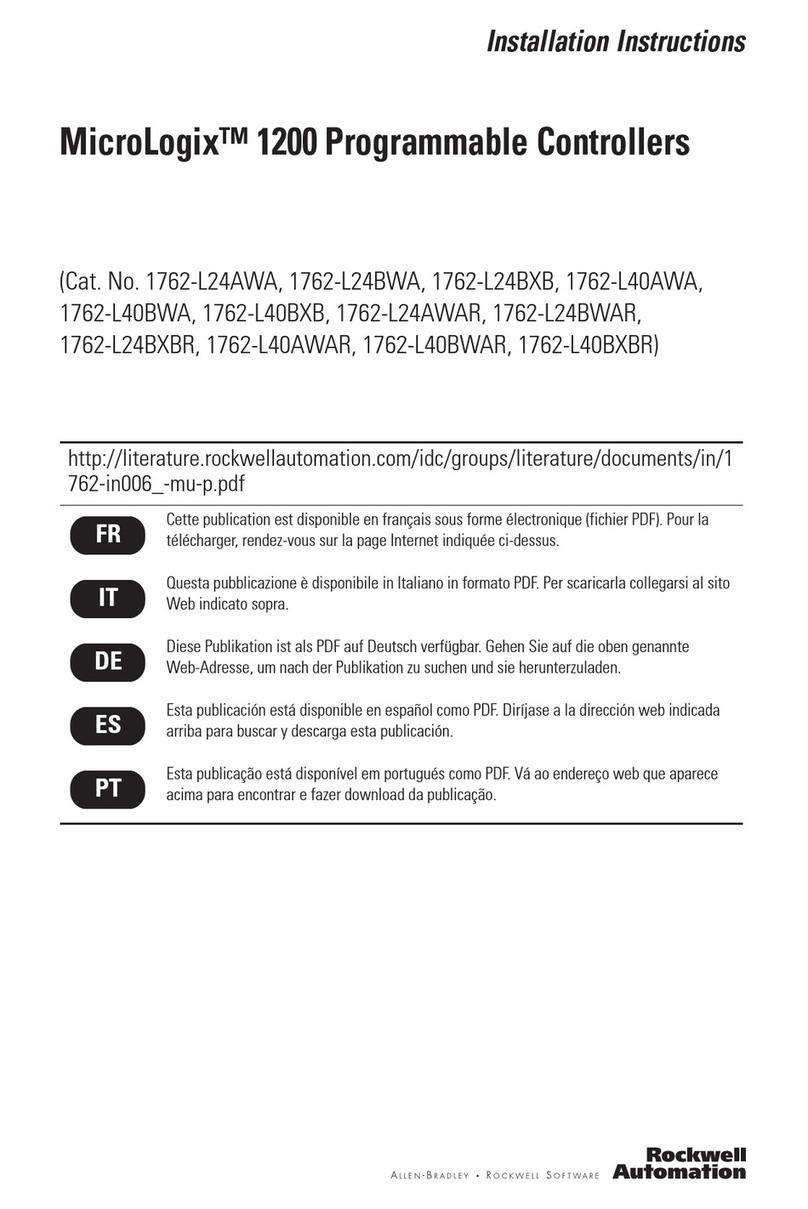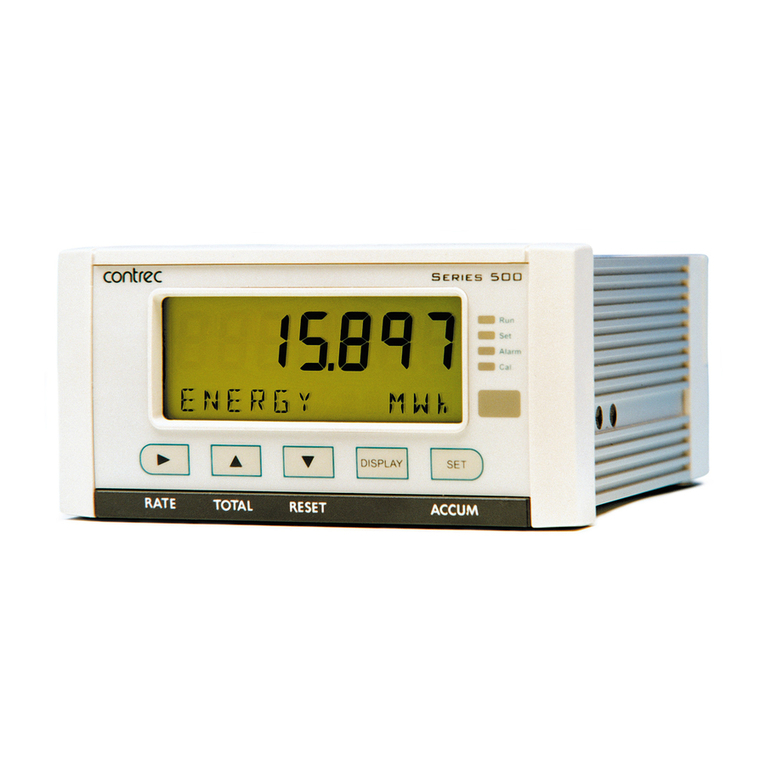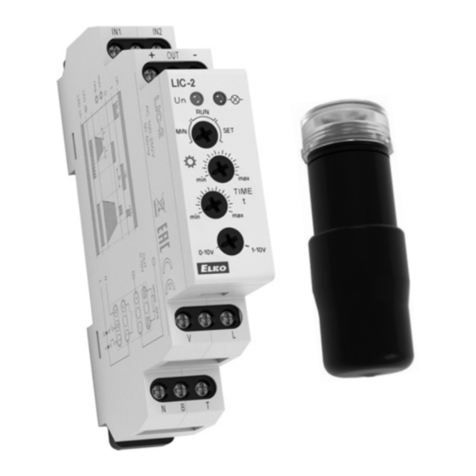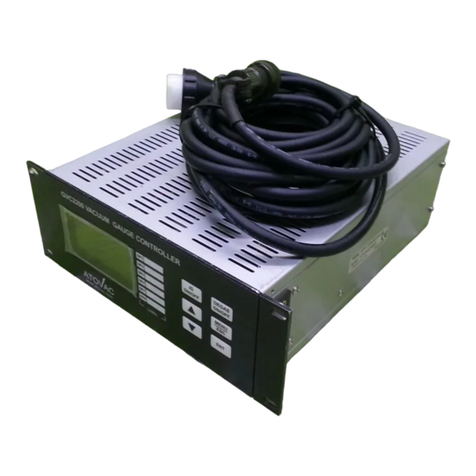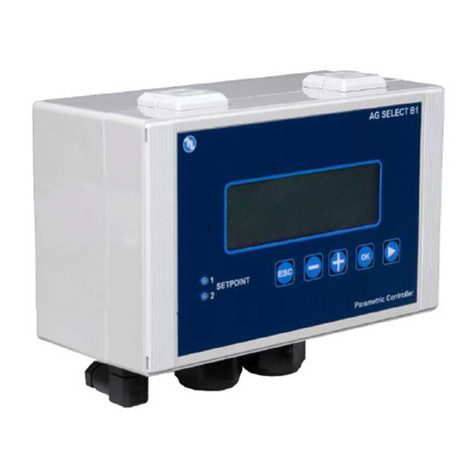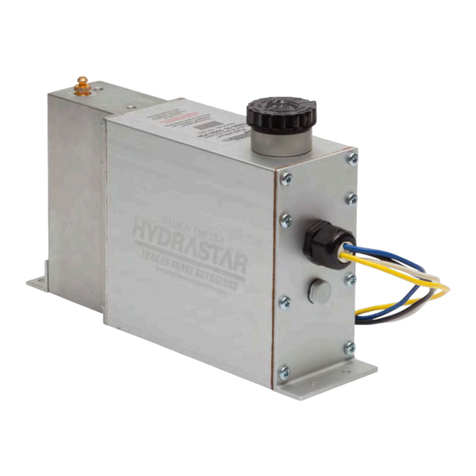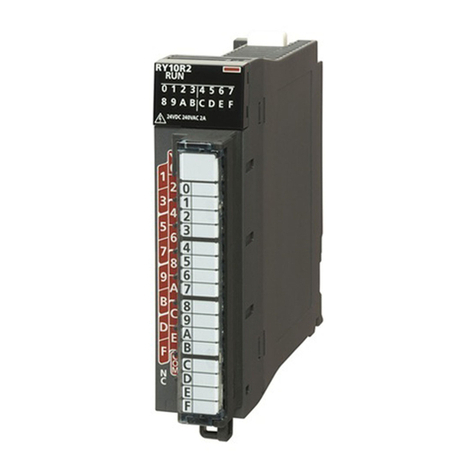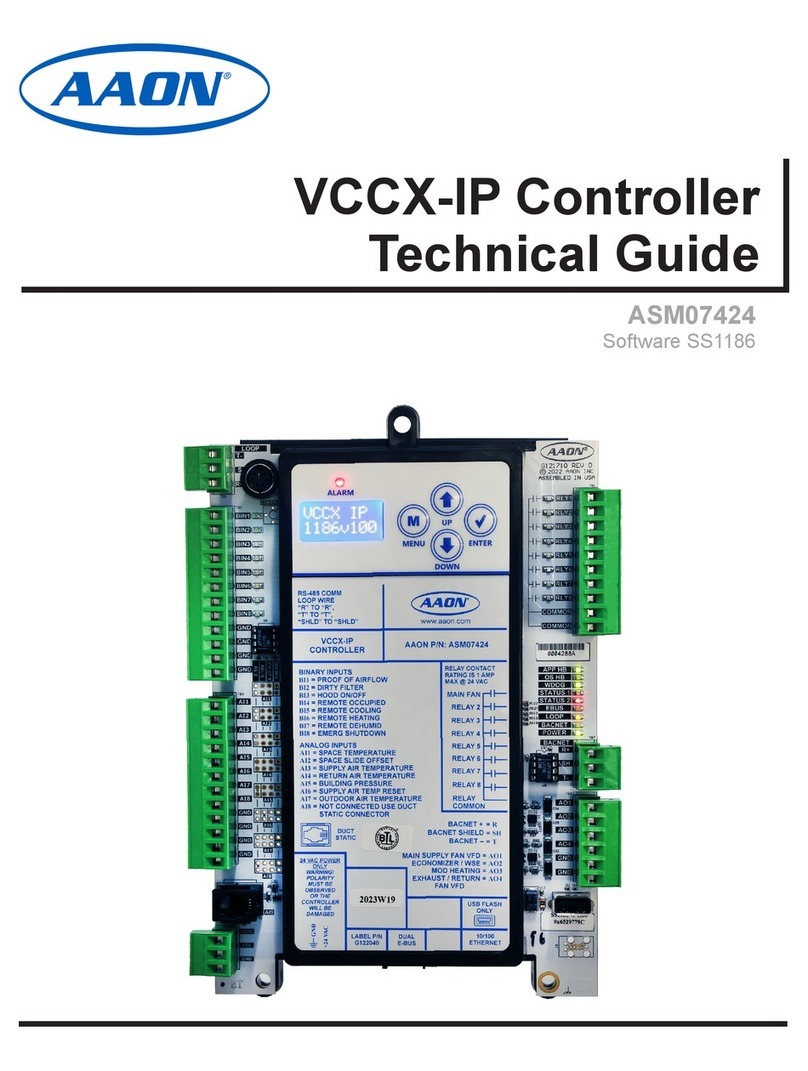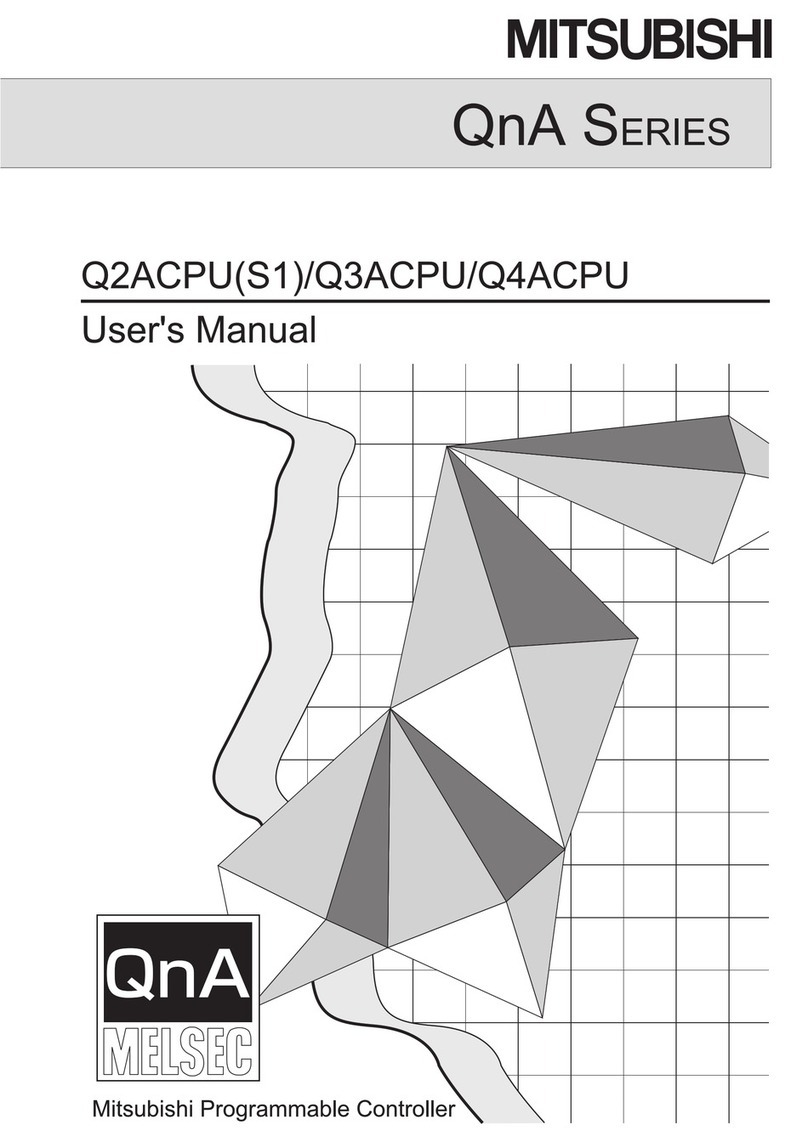EpiSensor ZDR-17 User manual

Install Sheet
ZDR-16, ZDR-17 // Wireless Demand Response Controller
Document Ref. EPI-065-02
Installation & Safety Notes
➔NEVER work alone.
➔Use appropriate personal protective equipment (PPE) and follow safe electrical work practices.
➔Only qualified electrical workers should install this equipment. Such work should be performed only after
reading the entire set of installation instructions.
➔If the equipment is not used in a manner specified by EpiSensor, the protection provided by the equipment
may be impaired.
➔Before performing visual inspections, tests, or maintenance on this equipment, disconnect all sources of
electric power. Assume that all circuits are live until they have been completely de-energized, tested, and
tagged. Pay particular attention to the design of the power system. Consider all sources of power, including
the possibility of backfeeding.
➔Turn off all power supplying the meter and the equipment in which it is installed before working on it.
➔Always use a properly rated voltage sensing device to confirm that all power is off.
➔Before closing all covers and doors, inspect the work area for tools and objects that may have been left
inside the equipment or panel.
➔When removing or installing metering or other equipment, do not allow it to extend into the energised bus.
➔The successful operation of this equipment depends upon proper handling,
➔Neglecting fundamental installation requirements may lead to personal injury as well as damage to
electrical equipment or other property.
➔Before performing Dielectric (Hi-Pot) or Megger testing on any equipment in which the energy meter is
installed, disconnect all input and output wires to the energy meter.
➔High voltage testing may damage electronic components contained in the meter.
➔Failure to follow these instructions will result in death or serious injury.
HAZARD OF ELECTRIC SHOCK,
EXPLOSION, OR ARC FLASH
➔EpiSensor equipment should be installed, operated, serviced and maintained only by qualified personnel.
EpiSensor does not assume any responsibility for any consequences arising out of the use of this
equipment.
➔The ZDR voltage measurement inputs are rated for up to 277 V L-N or 480 V L-L. For any voltage
exceeding 277 V L-N, an auxiliary power source must be used. Consult the ZDR-16 datasheet for more
information on available product variants. For voltages exceeding 480 V L-L, a voltage transformer must
be used.
➔Fuse for neutral terminal is required if the source neutral connection is not grounded.
➔Clearly label the device’s disconnect circuit mechanism and install it within easy reach of the operator.
➔The fuses / circuit breakers must be rated for the installation voltage and sized for the available fault
current.
➔Depending on the type of current transformers used with the EpiSensor ZDR, shorting links may be
required. Please consult the user guide for more information.
➔If Voltage Transformers are used, the VT ratio setting should be adjusted on the ZDR settings page on the
Gateway.
➔By default, there will not be a cable included for mains reference voltages
➔ZDR’s using Rogowski coil or milliamp Current Transformers are individually calibrated and the current
transformer cables should not be extended or interchanged.
CT1
Voltage References & Current Transformer Wiring Diagram
Important: Fused disconnect
or circuit breakers (not
supplied) to protect 0.75mm2
conductor according to local
electrical regulations (min.
500mA)
CT3
CT2
Phase C
Phase A
Neutral
Phase B
L1
L2
L3
N
Configuration: 4 WIRE WYE
ANSI Meter Form: 9S/16S
Inputs: 3 x Vref, 3 x CT
Note: configure ZDR on Gateway for 9S/16S
3-Phase
Supply
L1
L2
L3
N
CT1
- +
CT2
- +
CT3
- +
Note: Insulation
colours for CT /
Rogowski coil cables
can vary
Note: By default, a
single phase supply is
taken from L1 and N to
power ZDR (not shown
on this diagram). This
can be replaced with a
separate auxiliary
supply if required.

Install Sheet
ZDR-16, ZDR-17 // Wireless Demand Response Controller
Document Ref. EPI-065-02
Installation & Safety Notes
➔NEVER work alone.
➔Use appropriate personal protective equipment (PPE) and follow safe electrical work practices.
➔Only qualified electrical workers should install this equipment. Such work should be performed only after
reading the entire set of installation instructions.
➔If the equipment is not used in a manner specified by EpiSensor, the protection provided by the equipment
may be impaired.
➔Before performing visual inspections, tests, or maintenance on this equipment, disconnect all sources of
electric power. Assume that all circuits are live until they have been completely de-energized, tested, and
tagged. Pay particular attention to the design of the power system. Consider all sources of power, including
the possibility of backfeeding.
➔Turn off all power supplying the meter and the equipment in which it is installed before working on it.
➔Always use a properly rated voltage sensing device to confirm that all power is off.
➔Before closing all covers and doors, inspect the work area for tools and objects that may have been left
inside the equipment or panel.
➔When removing or installing metering or other equipment, do not allow it to extend into the energised bus.
➔The successful operation of this equipment depends upon proper handling,
➔Neglecting fundamental installation requirements may lead to personal injury as well as damage to
electrical equipment or other property.
➔Before performing Dielectric (Hi-Pot) or Megger testing on any equipment in which the energy meter is
installed, disconnect all input and output wires to the energy meter.
➔High voltage testing may damage electronic components contained in the meter.
➔Failure to follow these instructions will result in death or serious injury.
HAZARD OF ELECTRIC SHOCK,
EXPLOSION, OR ARC FLASH
➔EpiSensor equipment should be installed, operated, serviced and maintained only by qualified personnel.
EpiSensor does not assume any responsibility for any consequences arising out of the use of this
equipment.
➔The ZDR voltage measurement inputs are rated for up to 277 V L-N or 480 V L-L. For any voltage
exceeding 277 V L-N, an auxiliary power source must be used. Consult the ZDR-16 datasheet for more
information on available product variants. For voltages exceeding 480 V L-L, a voltage transformer must
be used.
➔Fuse for neutral terminal is required if the source neutral connection is not grounded.
➔Clearly label the device’s disconnect circuit mechanism and install it within easy reach of the operator.
➔The fuses / circuit breakers must be rated for the installation voltage and sized for the available fault
current.
➔Depending on the type of current transformers used with the EpiSensor ZDR, shorting links may be
required. Please consult the user guide for more information.
➔If Voltage Transformers are used, the VT ratio setting should be adjusted on the ZDR settings page on the
Gateway.
➔By default, there will not be a cable included for mains reference voltages
➔ZDR’s using Rogowski coil or milliamp Current Transformers are individually calibrated and the current
transformer cables should not be extended or interchanged.
CT1
Voltage References & Current Transformer Wiring Diagram
Important: Fused disconnect
or circuit breakers (not
supplied) to protect 0.75mm2
conductor according to local
electrical regulations (min.
500mA)
CT3 Phase C
Phase A
Phase B
L1
L2
L3
Configuration: 3 WIRE DELTA
ANSI Meter Form: 5S/13S
Inputs: 3 x Vref, 2 x CT
Note: configure ZDR on Gateway for 5S/13S
3-Phase
Supply
L1
L2
L3
N
CT1
- +
CT2
- +
CT3
- +
Note: Insulation
colours for CT /
Rogowski coil cables
can vary
Note: By default, a
single phase supply is
taken from L1 and N to
power ZDR (not shown
on this diagram). This
can be replaced with a
separate auxiliary
supply if required.
Note: L2 is used as the
reference phase with
this configuration, so
the L2 voltage
reference should be
connected to terminal
marked ‘N’
Note: CT2 can
be disconnected
in this mode

Install Sheet
ZDR-16, ZDR-17 // Wireless Demand Response Controller
Document Ref. EPI-065-02
Installation & Safety Notes
➔NEVER work alone.
➔Use appropriate personal protective equipment (PPE) and follow safe electrical work practices.
➔Only qualified electrical workers should install this equipment. Such work should be performed only after
reading the entire set of installation instructions.
➔If the equipment is not used in a manner specified by EpiSensor, the protection provided by the equipment
may be impaired.
➔Before performing visual inspections, tests, or maintenance on this equipment, disconnect all sources of
electric power. Assume that all circuits are live until they have been completely de-energized, tested, and
tagged. Pay particular attention to the design of the power system. Consider all sources of power, including
the possibility of backfeeding.
➔Turn off all power supplying the meter and the equipment in which it is installed before working on it.
➔Always use a properly rated voltage sensing device to confirm that all power is off.
➔Before closing all covers and doors, inspect the work area for tools and objects that may have been left
inside the equipment or panel.
➔When removing or installing metering or other equipment, do not allow it to extend into the energised bus.
➔The successful operation of this equipment depends upon proper handling,
➔Neglecting fundamental installation requirements may lead to personal injury as well as damage to
electrical equipment or other property.
➔Before performing Dielectric (Hi-Pot) or Megger testing on any equipment in which the energy meter is
installed, disconnect all input and output wires to the energy meter.
➔High voltage testing may damage electronic components contained in the meter.
➔Failure to follow these instructions will result in death or serious injury.
HAZARD OF ELECTRIC SHOCK,
EXPLOSION, OR ARC FLASH
➔EpiSensor equipment should be installed, operated, serviced and maintained only by qualified personnel.
EpiSensor does not assume any responsibility for any consequences arising out of the use of this
equipment.
➔The ZDR voltage measurement inputs are rated for up to 277 V L-N or 480 V L-L. For any voltage
exceeding 277 V L-N, an auxiliary power source must be used. Consult the ZDR-16 datasheet for more
information on available product variants. For voltages exceeding 480 V L-L, a voltage transformer must
be used.
➔Fuse for neutral terminal is required if the source neutral connection is not grounded.
➔Clearly label the device’s disconnect circuit mechanism and install it within easy reach of the operator.
➔The fuses / circuit breakers must be rated for the installation voltage and sized for the available fault
current.
➔Depending on the type of current transformers used with the EpiSensor ZDR, shorting links may be
required. Please consult the user guide for more information.
➔If Voltage Transformers are used, the VT ratio setting should be adjusted on the ZDR settings page on the
Gateway.
➔By default, there will not be a cable included for mains reference voltages
➔ZDR’s using Rogowski coil or milliamp Current Transformers are individually calibrated and the current
transformer cables should not be extended or interchanged.
Connecting an auxiliary supply to the ZDR mains power supply
Note: By default, a single
phase supply is taken
from L1 and N to power
ZDR. To power ZDR from
an auxiliary supply,
remove these links and
connect as shown in this
diagram.
Important: Fused disconnect
or circuit breakers (not
supplied) to protect 0.75mm2
conductor according to local
electrical regulations (min.
500mA)
Live
Neutral
L
N

Install Sheet
ZDR-16, ZDR-17 // Wireless Demand Response Controller
Document Ref. EPI-065-02
Installation & Safety Notes
➔NEVER work alone.
➔Use appropriate personal protective equipment (PPE) and follow safe electrical work practices.
➔Only qualified electrical workers should install this equipment. Such work should be performed only after
reading the entire set of installation instructions.
➔If the equipment is not used in a manner specified by EpiSensor, the protection provided by the equipment
may be impaired.
➔Before performing visual inspections, tests, or maintenance on this equipment, disconnect all sources of
electric power. Assume that all circuits are live until they have been completely de-energized, tested, and
tagged. Pay particular attention to the design of the power system. Consider all sources of power, including
the possibility of backfeeding.
➔Turn off all power supplying the meter and the equipment in which it is installed before working on it.
➔Always use a properly rated voltage sensing device to confirm that all power is off.
➔Before closing all covers and doors, inspect the work area for tools and objects that may have been left
inside the equipment or panel.
➔When removing or installing metering or other equipment, do not allow it to extend into the energised bus.
➔The successful operation of this equipment depends upon proper handling,
➔Neglecting fundamental installation requirements may lead to personal injury as well as damage to
electrical equipment or other property.
➔Before performing Dielectric (Hi-Pot) or Megger testing on any equipment in which the energy meter is
installed, disconnect all input and output wires to the energy meter.
➔High voltage testing may damage electronic components contained in the meter.
➔Failure to follow these instructions will result in death or serious injury.
HAZARD OF ELECTRIC SHOCK,
EXPLOSION, OR ARC FLASH
➔EpiSensor equipment should be installed, operated, serviced and maintained only by qualified personnel.
EpiSensor does not assume any responsibility for any consequences arising out of the use of this
equipment.
➔The ZDR voltage measurement inputs are rated for up to 277 V L-N or 480 V L-L. For any voltage
exceeding 277 V L-N, an auxiliary power source must be used. Consult the ZDR-16 datasheet for more
information on available product variants. For voltages exceeding 480 V L-L, a voltage transformer must
be used.
➔Fuse for neutral terminal is required if the source neutral connection is not grounded.
➔Clearly label the device’s disconnect circuit mechanism and install it within easy reach of the operator.
➔The fuses / circuit breakers must be rated for the installation voltage and sized for the available fault
current.
➔Depending on the type of current transformers used with the EpiSensor ZDR, shorting links may be
required. Please consult the user guide for more information.
➔If Voltage Transformers are used, the VT ratio setting should be adjusted on the ZDR settings page on the
Gateway.
➔By default, there will not be a cable included for mains reference voltages
➔ZDR’s using Rogowski coil or milliamp Current Transformers are individually calibrated and the current
transformer cables should not be extended or interchanged.
Connecting a GPS Antenna to ZDR (only needed if High Speed Data Module installed)
to active GPS Antenna
Note: Isolate power to ZDR before connecting the
GPS antenna
Recommended Antenna:
Manufacturer: Taoglas
Part No.: A.03.C.1001111
Description: Hercules A.03 GPS/GALILEO
Permanent Mount, 10M RG-174 Note: SMF (F) connector
panel mounted on top
side of ZDR enclosure

Install Sheet
ZDR-16, ZDR-17 // Wireless Demand Response Controller
Document Ref. EPI-065-02
Input Voltage
If the mains power supply of the ZDR is powered directly from the 3-phase voltage reference,
ensure that the voltage does not exceed 480V AV L-L
Installation Checklist
1
High Speed Data Module Connection
Check that the high speed data module (if present) has been aligned with its terminals
correctly, and it mating properly with the female terminals on the main PCB
2
Enclosure Contamination & Integrity
Ensure that there is no swarf or other dirt inside the ZDR enclosure, and that the enclosure has
not been drilled or modified (other than to add IP68 glands in standard positions)
3
GPS Signal
If a high-speed data module has been installed, confirm (using a mobile app, or other
handheld test device) that there is a good GPS signal available at the GPS antenna of ZDR.
Line-of-sight view to the sky is needed for ZDR to synchronise time with GPS satellites.
4
This manual suits for next models
1
Table of contents
Other EpiSensor Controllers manuals
Popular Controllers manuals by other brands
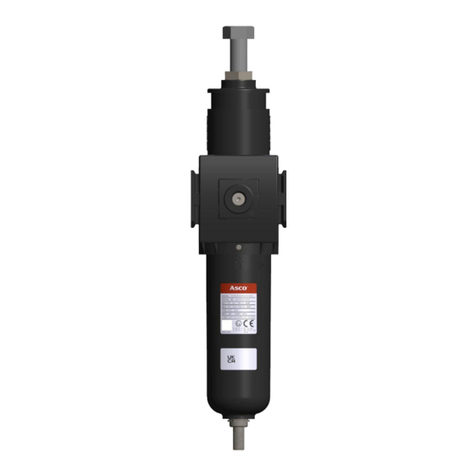
Emerson
Emerson Asco 642 Series Installation and maintenance instructions
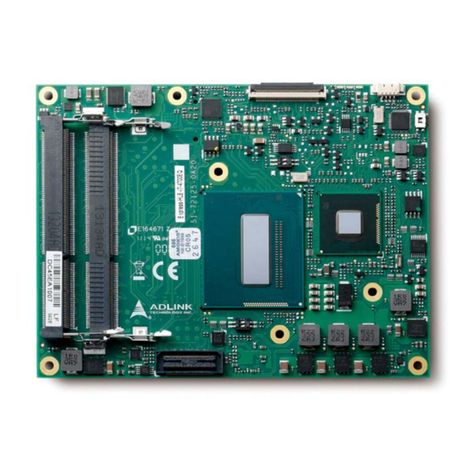
ADLINK Technology
ADLINK Technology COM Express Express-HLE user manual
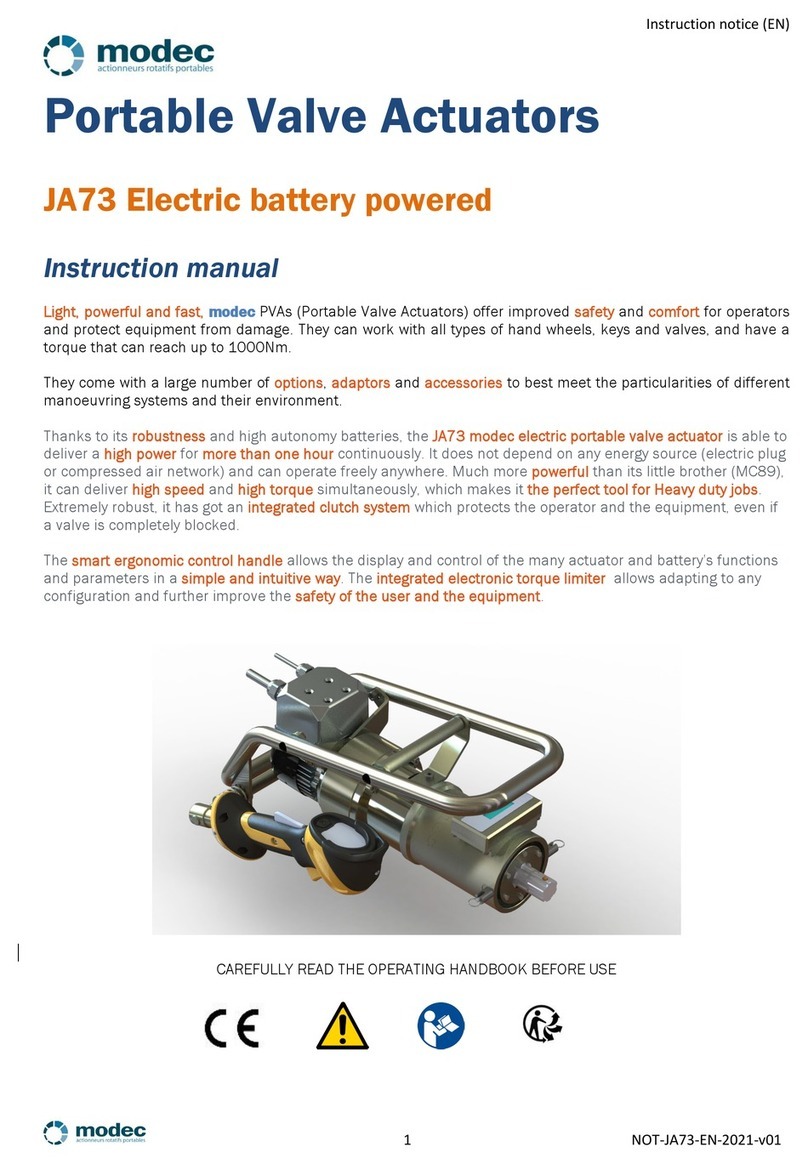
modec
modec JA73 instruction manual
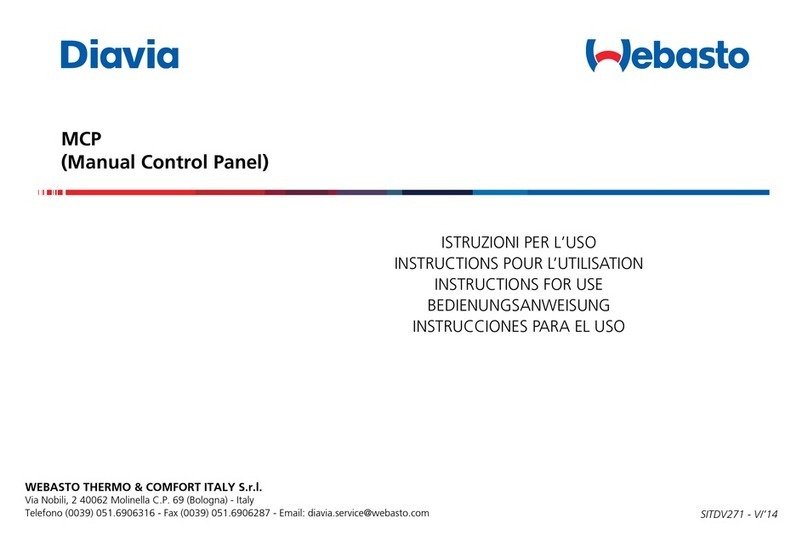
Webasto
Webasto Diavia MCP Instructions for use
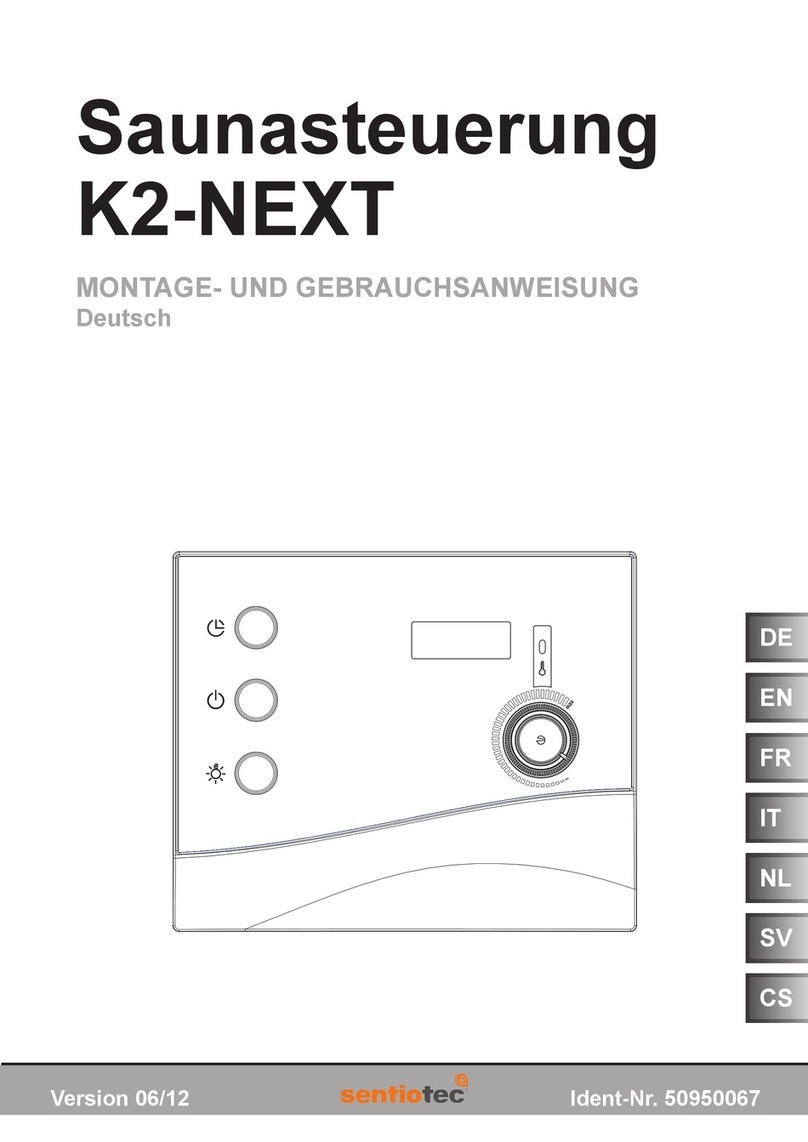
Sentiotec
Sentiotec K2-NEXT Installation and operating instructions
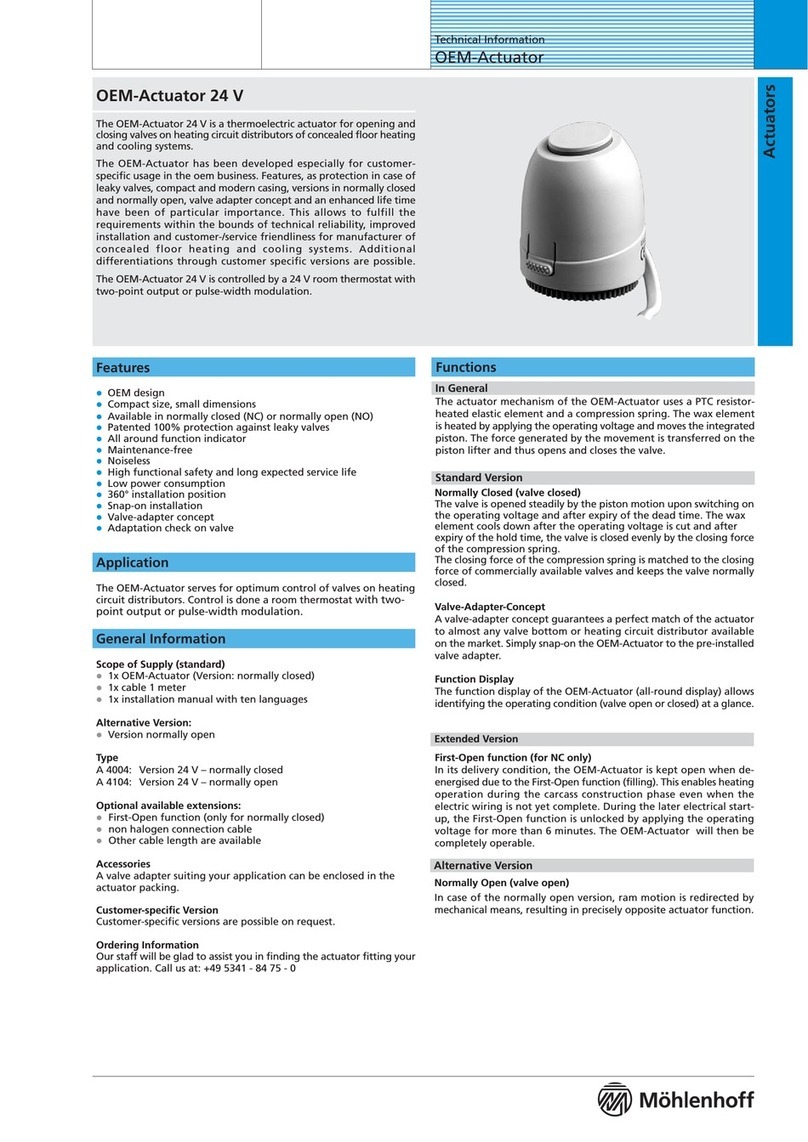
Mohlenhoff
Mohlenhoff OEM-Actuator 24 V technical information
